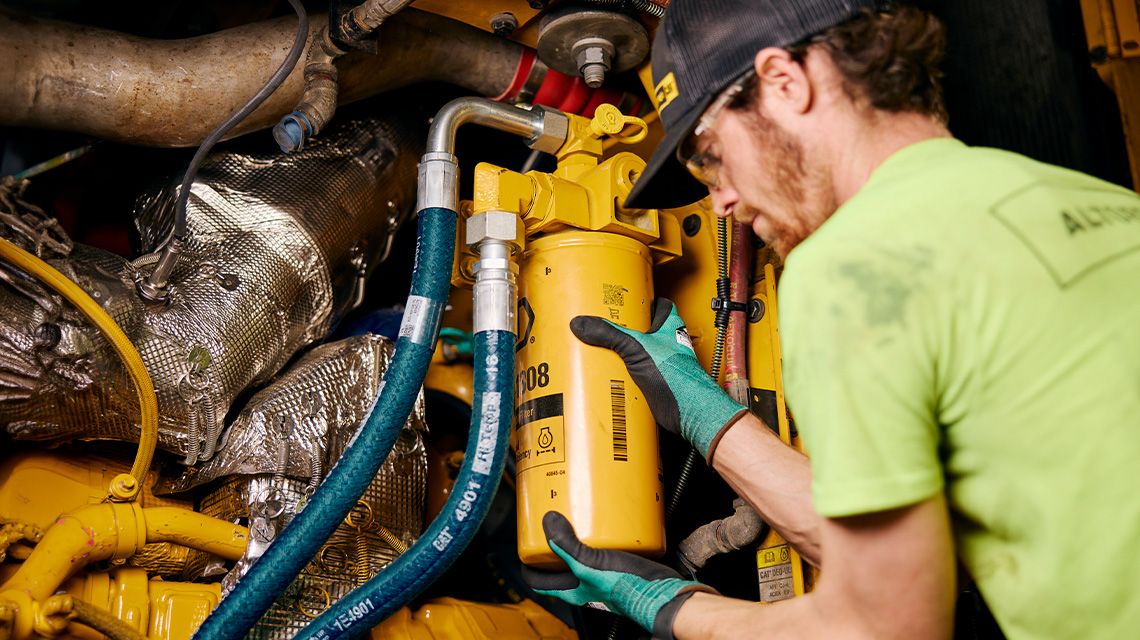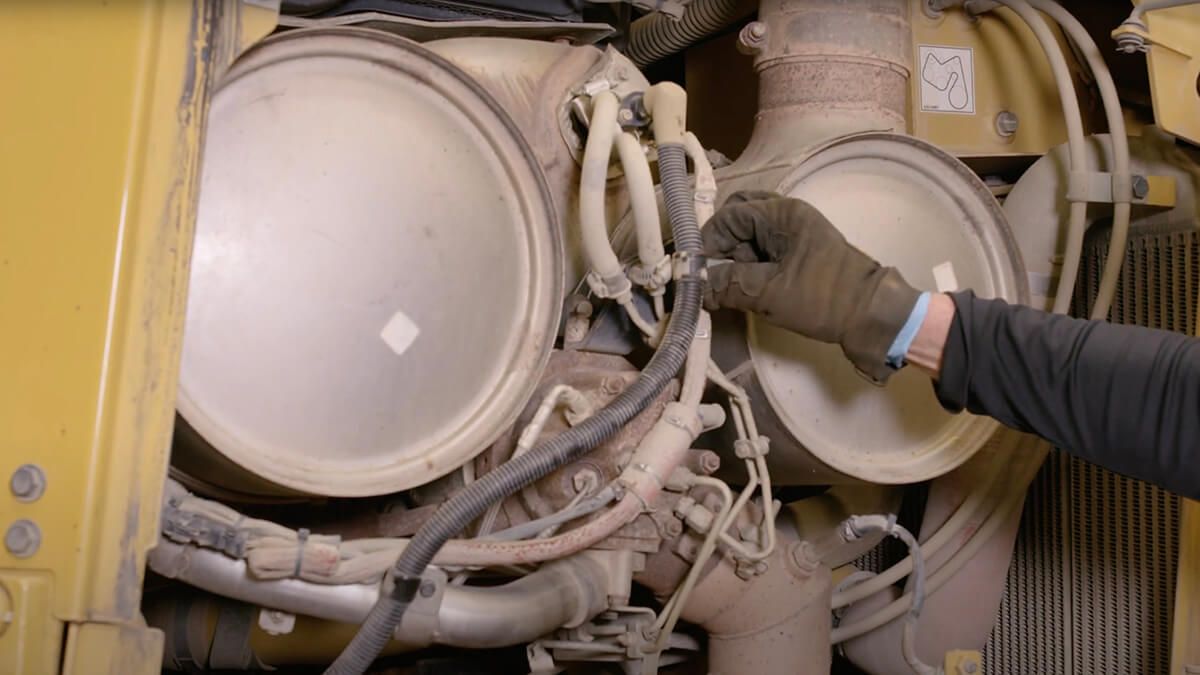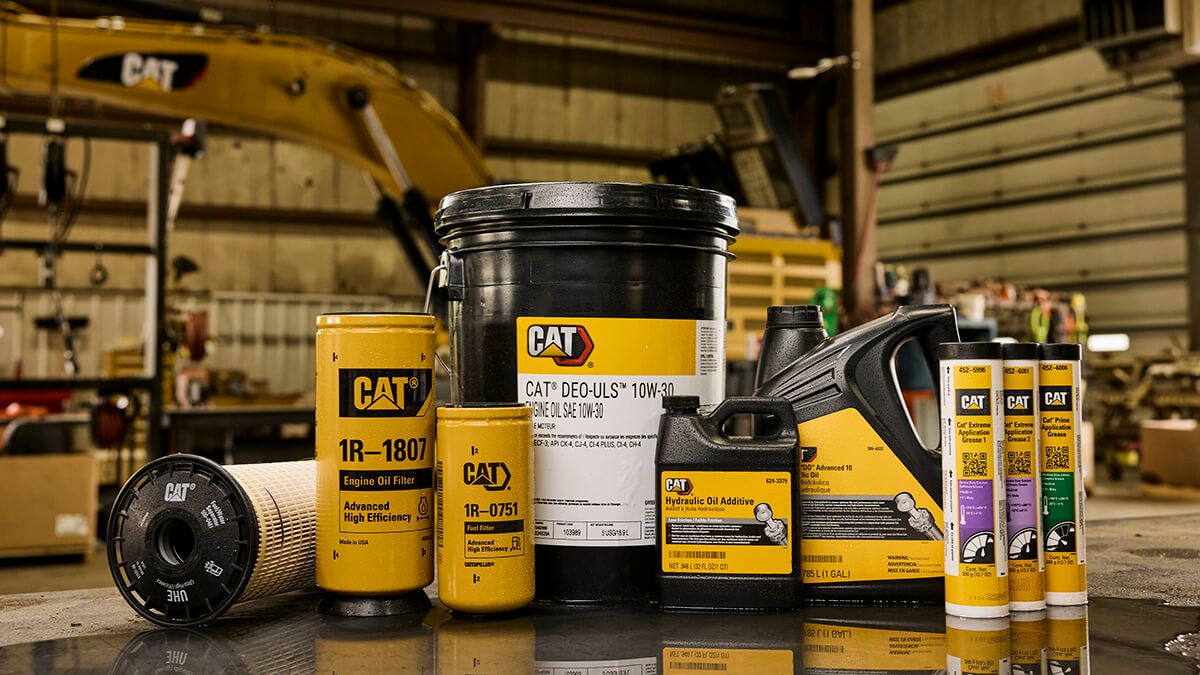

Sign In
Welcome! Sign In to personalize your Cat.com experience
If you already have an existing account with another Cat App, you can use the same account to sign in here
Register Now
One Account. All of Cat.
Your Caterpillar account is the single account you use to log in to select services and applications we offer. Shop for parts and machines online, manage your fleet, go mobile, and more.
Account Information
Site Settings
Security
How to Inspect your Cat® Equipment Hydraulics
Estimated read time: 2 minutes
Every time you start up your equipment, you’re not only about to work a job — you’re also monitoring your machine’s health. That starts with a daily visual pre-shift check and continues with good operating techniques paired with scheduled maintenance.
In addition to visually inspecting your hydraulic system, you'll also need to listen to it. Sounds can be clues that warn you ahead of a potential issue.
If you find any issues, remember that you can order everything you need at Parts.Cat.com. This is also where you can find Self-Service Options (SSO). SSOs provide detailed service instructions and recommended parts and tooling so you can feel confident you’re doing it right.
Before you get started, remember to check your Operation and Maintenance Manual (OMM) for proper safety procedures, and always wear appropriate personal protective equipment (PPE).
Watch this video to see how to inspect your hydraulic system, then read on for more information:
First, move your machine to a dry, level surface. Lower implements to the ground, lock out the hydraulics and turn off the engine.
Let’s look at how to inspect your Cat® equipment’s hydraulic system.
In the video, we inspect a 938 Wheel Loader, but no matter what Cat machine you have, you’ll be looking at similar components.
Start the engine and listen carefully for noises like whining and grinding. These sounds could indicate pump cavitation or a loose or failed bearing.
Now you can shut down the machine and turn the key to the on position. Move the levers back and forth to release hydraulic pressure.
Before continuing your inspection, make sure components have had time to cool off.
- As you walk around the machine, check sight gauges to see if you need to add any fluids.
- Look around the steering and brake valves for leaks and damaged hoses.
- Also look for leaks and damage in the hydraulic pump area.
- Note any loose or damaged hose clamps and tighten or replace them.
- Inspect the oil cooler and condenser lines for leaks around connections and for worn hoses.
- And make sure the fan motor connection points are free of leaks.
Leaks may not be obvious around the lift and tilt cylinders. Instead, you might see dirt buildup around seals. Look around for damage to cylinder rods, linkage pins or joints.
The most important thing is to find out where your hydraulic components are and check them often. If you see anything concerning, it’s time to service your equipment.
For more information and support, contact your Cat dealer. And always check your Operation and Maintenance Manual for specific instruction and safety procedures.


